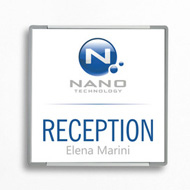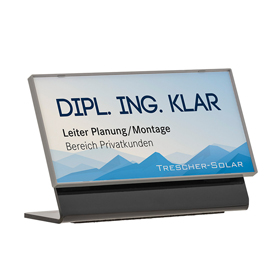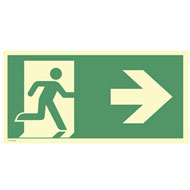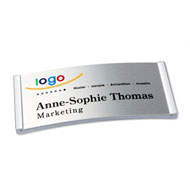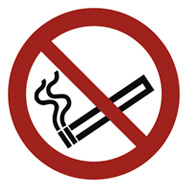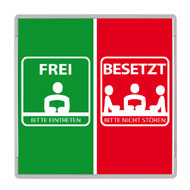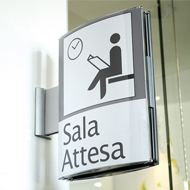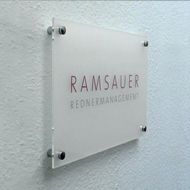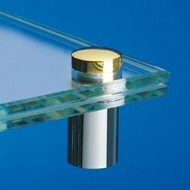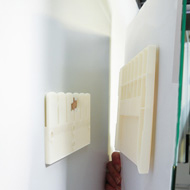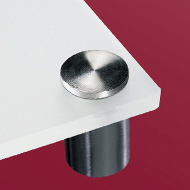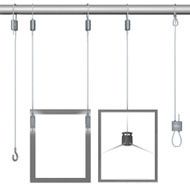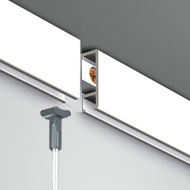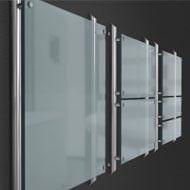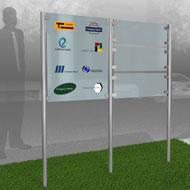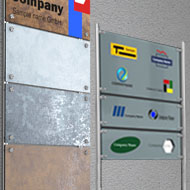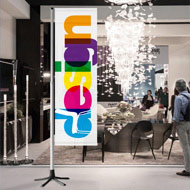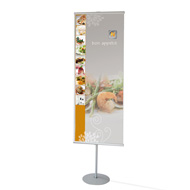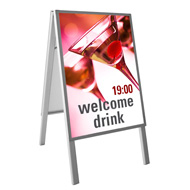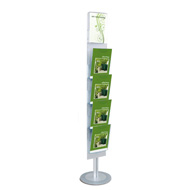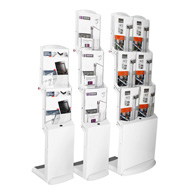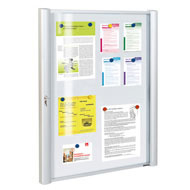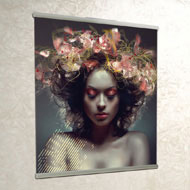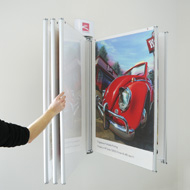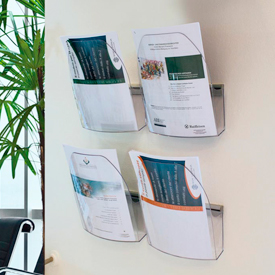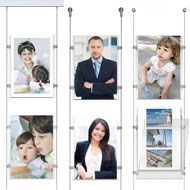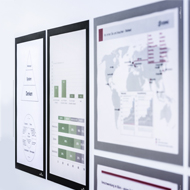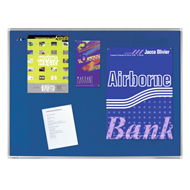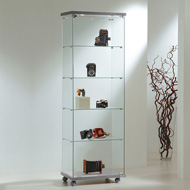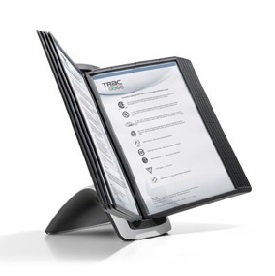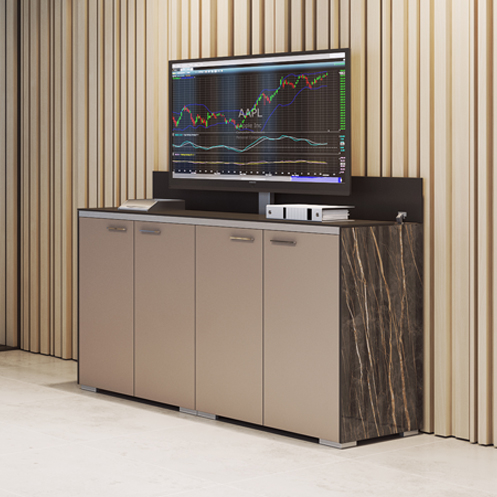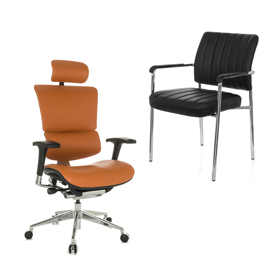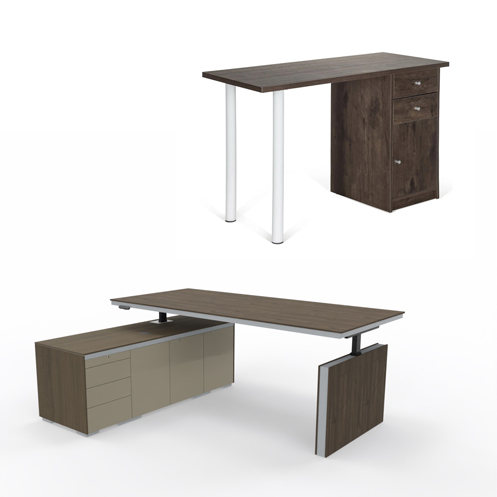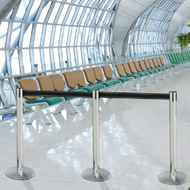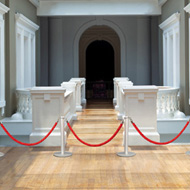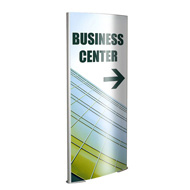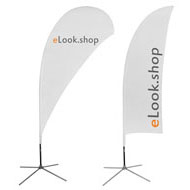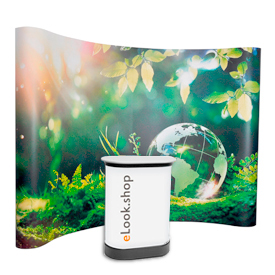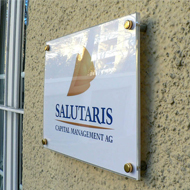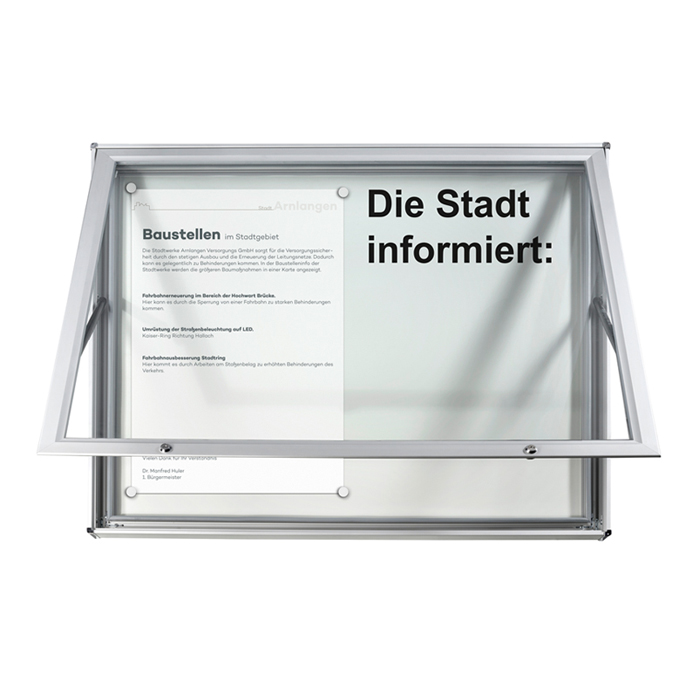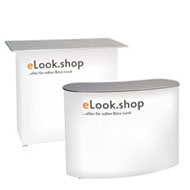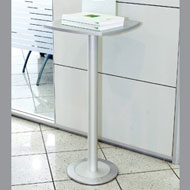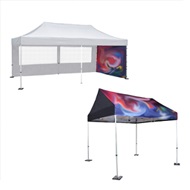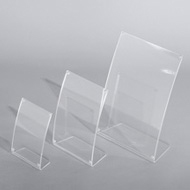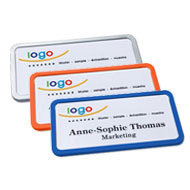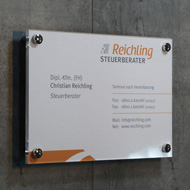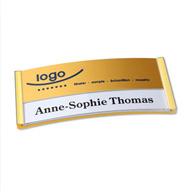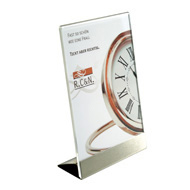Messewände im Vergleich
Freitag, 1. Februar 2019
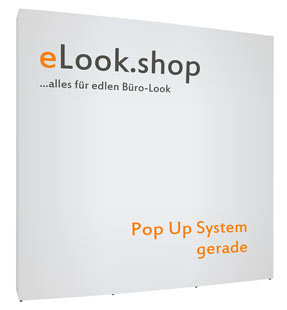 Messewände bilden einen Grundbaustein jedes Messestandes. Mit ihrer riesigen Werbefläche locken sie Besucher an und wecken Interesse am Unternehmen. Moderne Messewände sind leicht vom Gewicht, platzsparend im abgebauten Zustand und können lediglich von 1 Person aufgebaut werden.
Messewände bilden einen Grundbaustein jedes Messestandes. Mit ihrer riesigen Werbefläche locken sie Besucher an und wecken Interesse am Unternehmen. Moderne Messewände sind leicht vom Gewicht, platzsparend im abgebauten Zustand und können lediglich von 1 Person aufgebaut werden.Die Vielfalt der Messewand-Arten ermöglicht einerseits die Auswahl eines optimal passenden Faltdisplays. Andererseits aber – je breiter das Angebot ist, umso schwieriger ist es, eine Kaufentscheidung zu treffen. Hier finden Sie eine Übersicht, welche Arten von Messewänden es gibt und wo der Unterschied dazwischen liegt.
Grundgerüst-Arten
Je nach Grundgerüst-Art unterscheidet man zwischen Pop-Ups und Spannrahmen. Pop Ups (auch Faltdisplay oder PopUp-Display genannt) stellen eine Konstruktion mit Scherengittersystem dar, mit der das Messedisplay sehr schnell auf- und abgebaut wird. Man braucht dafür nur ca. 15 Minuten. Der Druck erfolgt auf die Paneele oder auf das Textilbanner und wird ohne Rahmen präsentiert. Der Druck auf die seitlichen Flächen des Faltdisplays ist auch möglich. Einige PopUp-Modelle werden inkl. praktischen Transportkoffer geliefert, der sich schnell in eine mobile Messetheke verwandelt.Die Karkasse des Spannrahmens (auch Messewand oder Präsentationswand genannt) bilden Aluminiumrohren. Das Motiv wird i.d.R. auf PVC-Paneele gedruckt und mit Klemmen an das Messedisplay befestigt. Sehr beliebt sind auch Textilbanner, die mittels spezieller Haken auf den Spannrahmen aufgespannt werden. Der Druck im Spannrahmen wird mit den Rohren umrahmt.
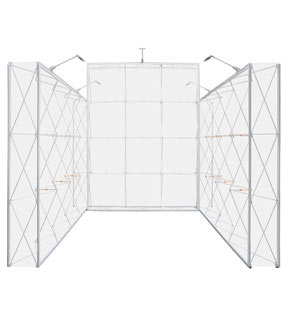
Modular aufgebautes PopUp erweitern
Die Messewände können modular oder ganzheitlich sein.Ganzheitlich heißt, dass das Faltdisplay eine unveränderte Größe hat, die nicht vergrößert bzw. verkleinert werden kann. So sind die Spannrahmen und einige Modelle der Pop-Ups.
Der Vorteil des modularen Pop Ups ist offensichtlich: Die benötigte Anzahl der Module wird je nach Bedarf miteinander verbunden und bei der Messepräsentation eingesetzt. Es ist dabei möglich, auch einen eckigen Messestand aufzubauen.
Formen der Messewände
Je nach Form unterscheidet man zwischen geraden, gebogenen (oder gewölbten) und schlangenförmigen Messewänden, häufig hört man auch den Begriff "Panorama".Die geraden Pop Ups sind Klassiker unter den Messewänden. Sie eignen sich für nahezu jedes Druckmotiv und überzeugen mit klaren Linien.
Die gebogenen Pop Ups haben eine besonders elegante Optik und ziehen Blicke der Interessenten. Tipp: mit 2 konvexen aneinander gestellten Pop Ups kann man einen eindrucksvollen Halbkreis bilden. Diese Form ist einer großzügigen Panorama-Messewand ähnlich.
Sehr attraktiv sind schlangenförmige Messedisplays in S-Form. Sie punkten mit perfekten Symmetrien und bieten mit ihren doppelseitigen Grafikpanels eine riesige Werbefläche.
Bei der Auswahl der Messewand-Form sollte man nachdenken, mit welcher Form sich das gewünschte Druckmotiv am eindrucksvollsten kombinieren lässt. Sowie welchen Eindruck man auf der Messe hinterlassen möchte – eher klassischen oder modernen.
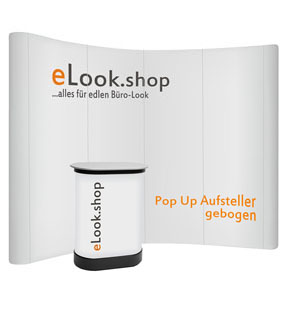
Messewand bedrucken
Messedisplays sind nicht günstig, aber zum Glück kann man diese nur einmal kaufen und dann je nach Bedarf unterschiedlich bedrucken. Hochwertige Stoffe und Spitzenqualität der Konstruktionen gewährleisten eine langfristige Nutzung. Die Karkasse kann man bei den nächsten Werbe- oder Messeauftritten wiederverwenden und bloß den Druck austauschen. Der Druck kann dabei auf PopUp Film, Fotopapier oder Textilbanner erfolgen.Wenn die Messewand mit den Paneels bedeckt wird, erfolgt der Druck auf Blackout Display Film oder Fotopapier. Der Film bzw. das Fotopapier wird mit einem kratzunempfindlichen Schutzlaminat versehen und auf die Paneels aufgezogen. Solcher Druck ist blickdicht.
Der Textilbanner Druck ist nur für den Innenraum geeignet. Wenn Sie Ihr Pop Up von innen mit LED-Strahlern beleuchten möchten, passt dafür der Backlit Druck. Dieses Textilmaterial hat eine weiße Beschichtung auf der Rückseite und ist nicht blickdicht. Falls die Beleuchtung der Grafik von oben geplant ist, verwenden Sie für den Bannerdruck lieber Dekotex Material.
Das Blackout Textilmaterial mit einer schwarzen Rückseite ist dagegen für den blickdichten Druck vorgesehen. Insbesondere wenn die Messewand z.B. vor dem Fenster aufgebaut wird, empfehlen wir, den blickdichten und lichtundurchlässigen Druckträger zu verwenden, damit keine Schatten der Innenkarkasse die Lesbarkeit der Botschaft beeinträchtigen.
Sowohl bei den Pop Ups, als auch bei den Spannrahmen kann der Druck ein- oder beidseitig erfolgen. Es ist auch der Druck "rund um" möglich.
Befestigung der Beschriftung an die Messewand
Die bedruckten Paneele werden in der Regel mit einem Magnetband und Magnetschienen an die PopUp-Messewand befestigt. In dem Spannrahmen wird das Paneel mittels der Klemmen gehalten.Die Art der Textilbanner-Befestigung hängt von der Konstruktion der Messewand ab:
- Für das PopUp werden viele Möglichkeiten angeboten. Sehr beliebt und einfach im Gebrauch ist das Klettband.
- Der Reißverschluss wird für eine Art Husse gebraucht, die auf das Gerüst des Pop Ups gezogen und verschlossen wird.
- Verfügt die Messewand über die Kederschienen für die Bannerbefestigung, werden Flachkeder ins Banner eingenäht und dann in die Kederschienen eingesteckt.
- Am Spannrahmen wird das Textilbanner mittels Haken durch entsprechende Löcher am Rande des Banners gespannt.
